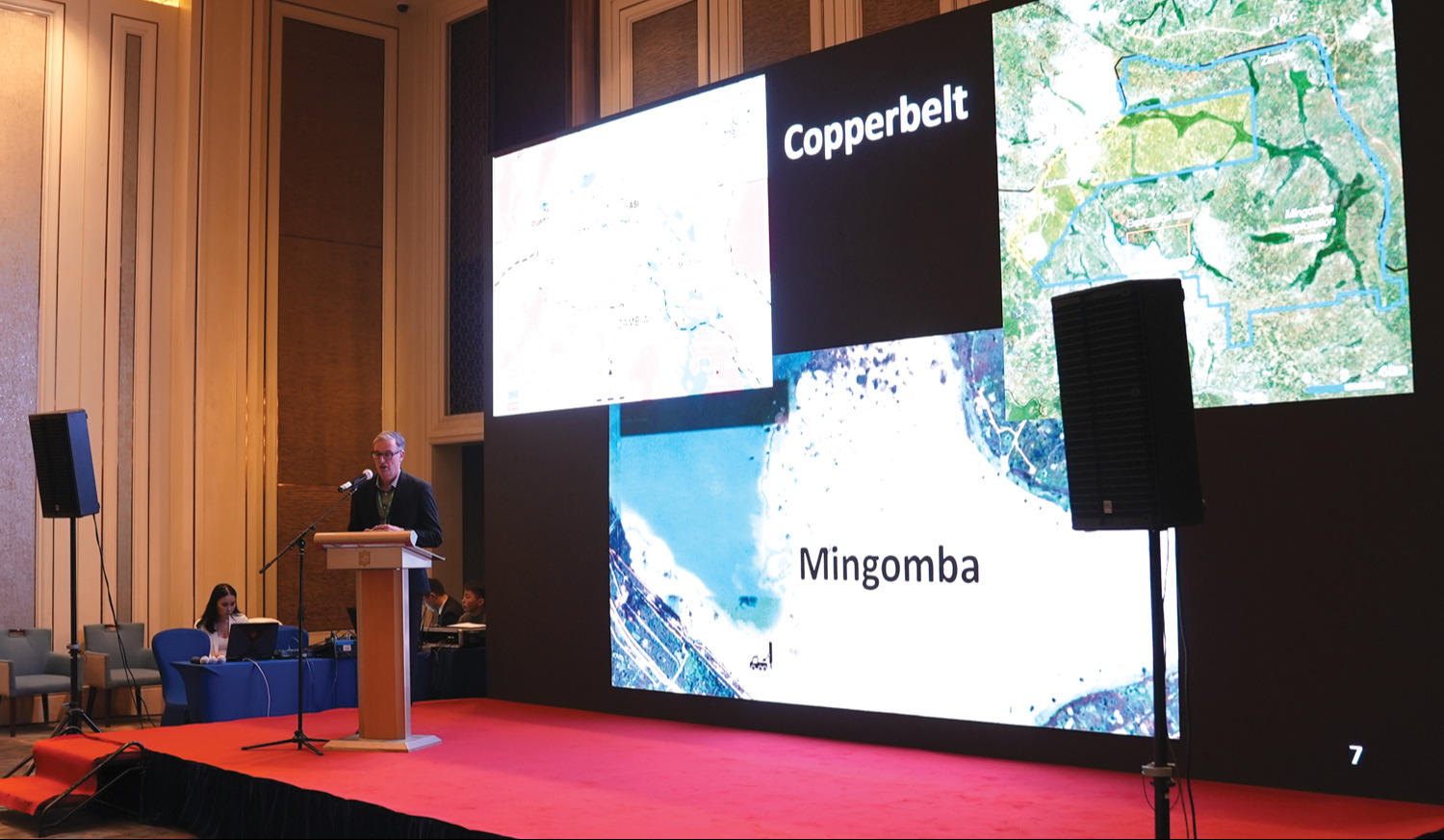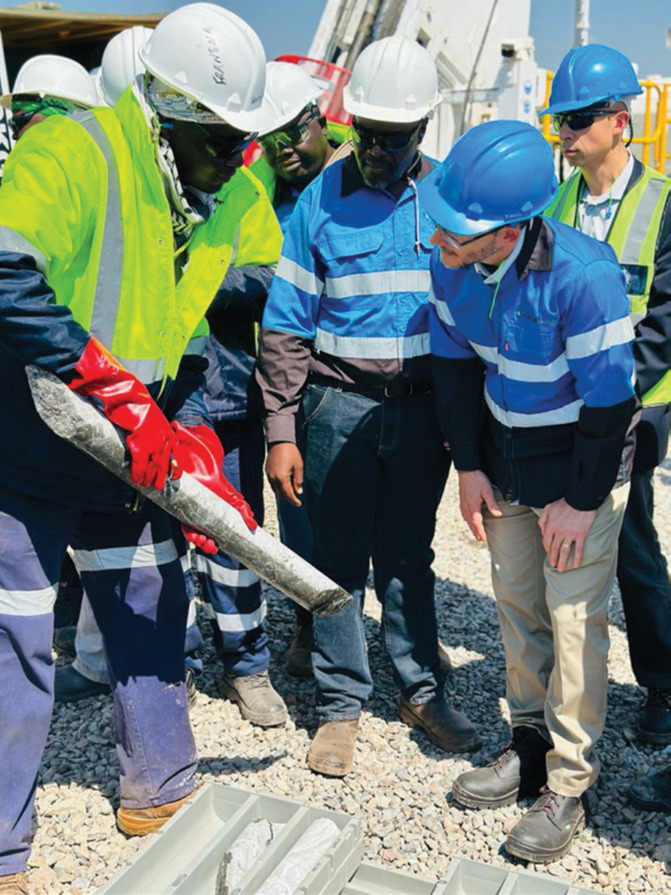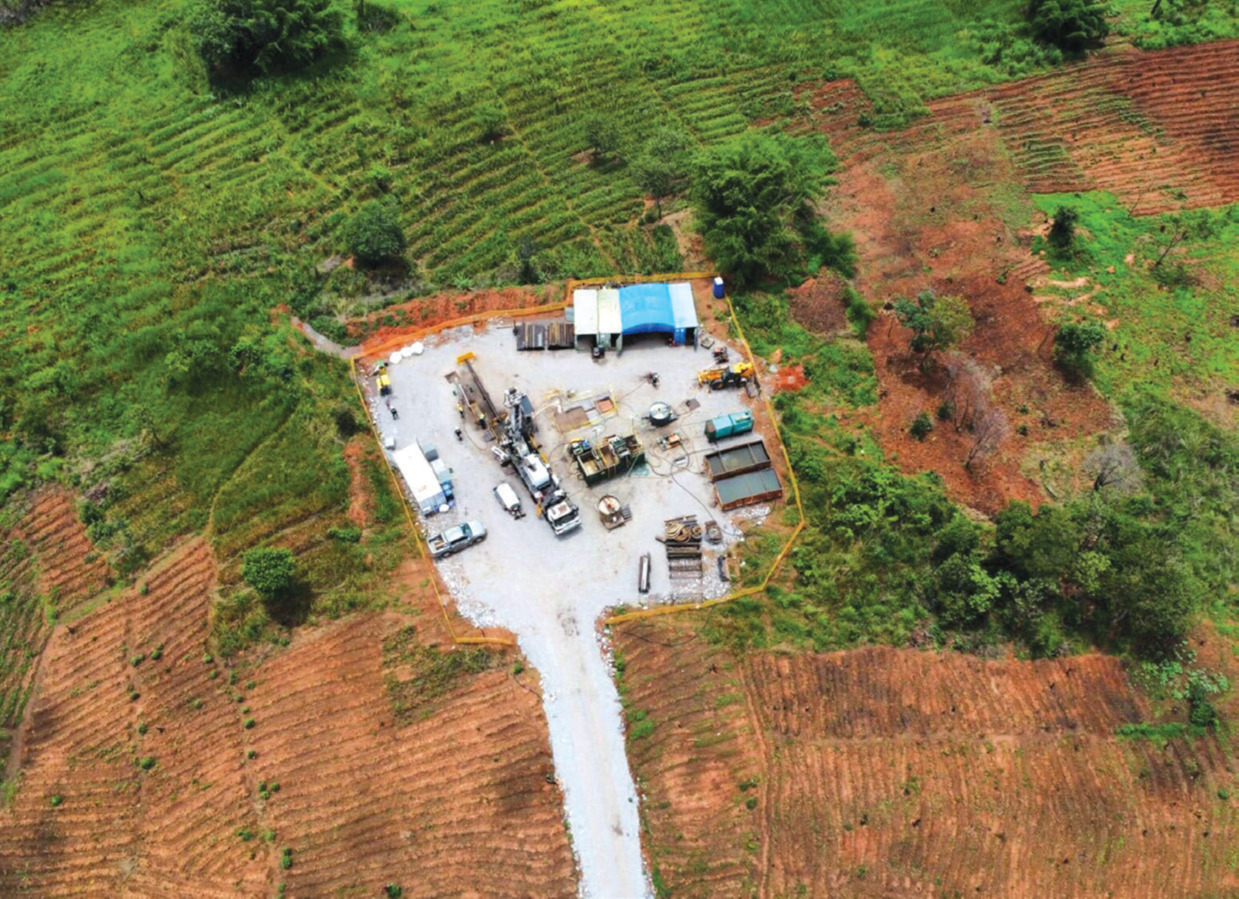
Jef Caers, Stanford University
In February of 2024, it was reported that Kobold Metals had characterized an ultra-high-grade copper deposit in Zambia, of similar grade and scale with the Kamoa-Kakula deposit. Perhaps more remarkable is that this is the first world-class body whose identification and characterization was aided by artificial intelligence.
It is important to first introduce the various forms of artificial intelligence. Unsupervised learning is a form of AI that searches the data for interesting patterns or anomalies in possibly large datasets, without having any reference labels such as known discoveries. In the mineral exploration context this data consists of geological, geochemical, and geophysical data from airborne, surface, or drilling. Orebodies are geochemical and mineralogical anomalies in the Earth, and often their composition remains not always well understood. Unsupervised learning can find both spatial and compositional anomalies. For orebodies to be economical they need to be spatially compact, and they need to be compositionally distinguishable from the host-rock. Spatially aware, unsupervised techniques were important at Mingomba. Near the high-grade Mingomba body, holes had been drilled since the1950s. Starting from this data, in combination with unsupervised learning, a domain of considerable interest unraveled.
A second form of artificial intelligence is supervised learning, meaning now some label data (truths) are available to train the AI. Neural networks, machine learning, deep learning and generative AI are examples of this form of AI. In mineral exploration, based on known deposits in some region of interest, this AI is used to determine mineral prospectivity maps, or make 3D geological models. Building 3D geological models using generative AI is now quite common in the petroleum industry and is likely to make its way into the mineral world soon.
Eventually, discoveries are made using drilling, a time-consuming and expensive data acquisition method. Key to characterizing Mingomba was the use of an intelligent agent to plan drilling campaigns. Intelligent agents are a form of AI that can perform sequential planning under uncertainty. This type of AI is used in self driving cars, air traffic collision avoidance and playing games like chess. The goal of this AI, which we termed “Intelligent Prospector,” is to improve on the usual grid spaced drilling. Indeed, over the span of ~8 months of drilling the high-grade portion was confidently appraised.


The data is very different from the data required for unsupervised and supervised learning. Intelligent agents thrive on human intelligence about how the ore deposit was generated. The Copperbelt is known for containing sediment hosted copper deposits that have now been studied for well over 100 years, and where major discoveries have already been made. Key to the generation of these discoveries is the existence of a rifting basin (faults) and the existence of a shale unit which serves as the source of sulfur required to precipitate chalcocite and chalcopyrite at high concentrations, and spatially compact. At Mingomba, with the collaboration of the world’s most established economic geologists in sediment-hosted copper deposits several hypotheses were made around the presence of these faults, how they pinch out and how the geochemical alterations where spatially distributed. Using these high-level hypotheses, 10,000s of 3D geological models of the deposit were made. These 10,000s models are the input to the intelligent prospector. Output to the prospector are sequences of locations of boreholes that maximally reduce uncertainty on the grade, thickness and which geological hypothesis is most plausible. This approach is very different from standard grid-based drilling and geostatistical interpolations, many of whom ignore the epistemic uncertainty of the existence of such multiple hypotheses. It is the acknowledgment of uncertainty that makes the drilling more efficient, something humans find counter intuitive.
Uncertainty is key, it is not a mere nuisance.
What is next? The intelligent prospector is a general program that can be used for many planning tasks, not only in mineral exploration and mining. It does point however to an important activity often neglected in mineral exploration: the explicit building of 3D geological models, 10000s of them, and accounting for so-called epistemic uncertainty: the very fact that many mineral systems are simply not perfectly understood. This may well steer economic geologists and geophysicists to focus on collecting data that is relevant for the intelligent prospector and to establish that for other mineral systems such as massive sulfide intrusions (Co Cu-Ni), lithium pegmatite intrusions and porphyry copper.
What is next? The intelligent prospector is a general program that can be used for many planning tasks, not only in mineral exploration and mining. It does point however to an important activity often neglected in mineral exploration: the explicit building of 3D geological models, 10000s of them, and accounting for so-called epistemic uncertainty: the very fact that many mineral systems are simply not perfectly understood. This may well steer economic geologists and geophysicists to focus on collecting data that is relevant for the intelligent prospector and to establish that for other mineral systems such as massive sulfide intrusions (Co Cu-Ni), lithium pegmatite intrusions and porphyry copper.